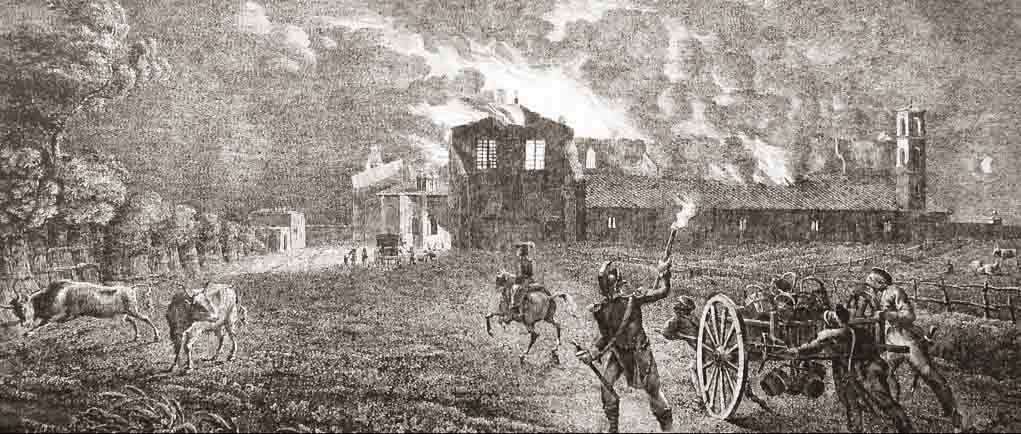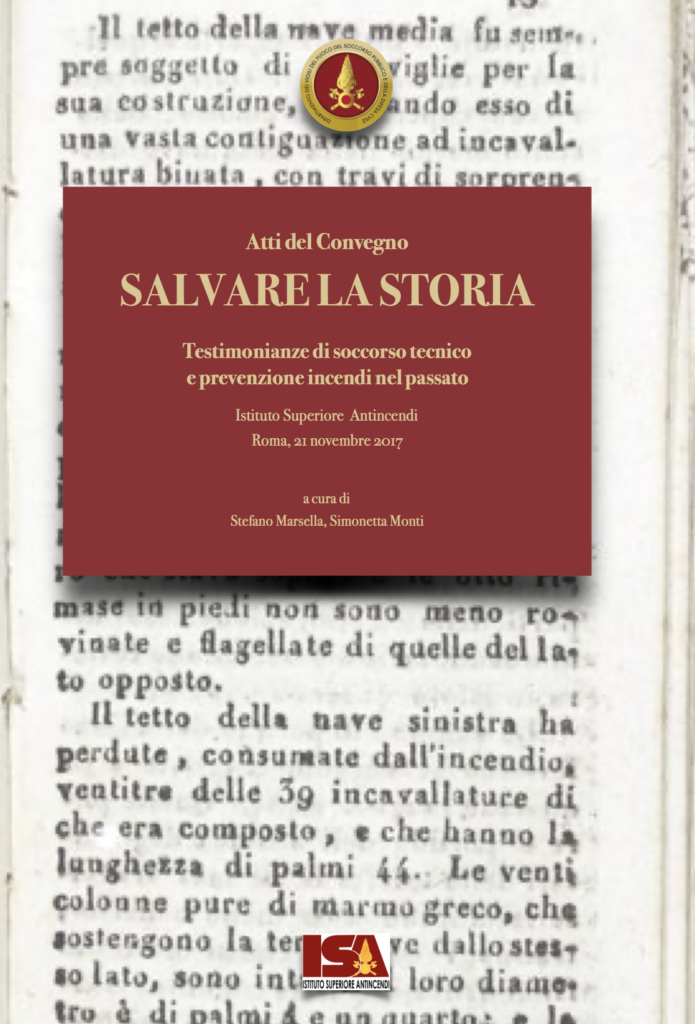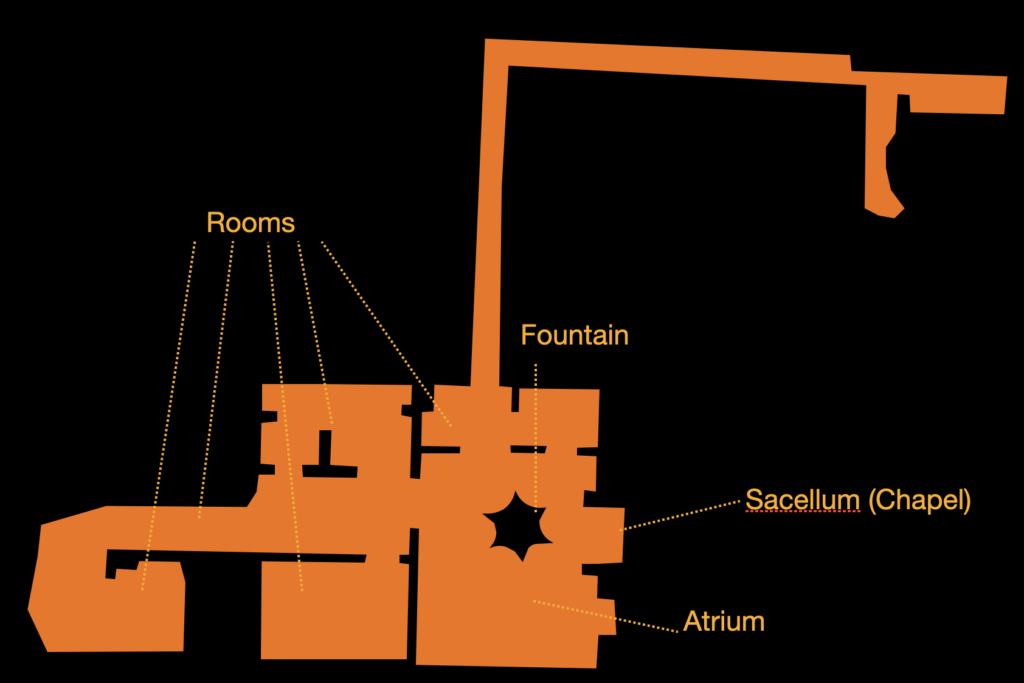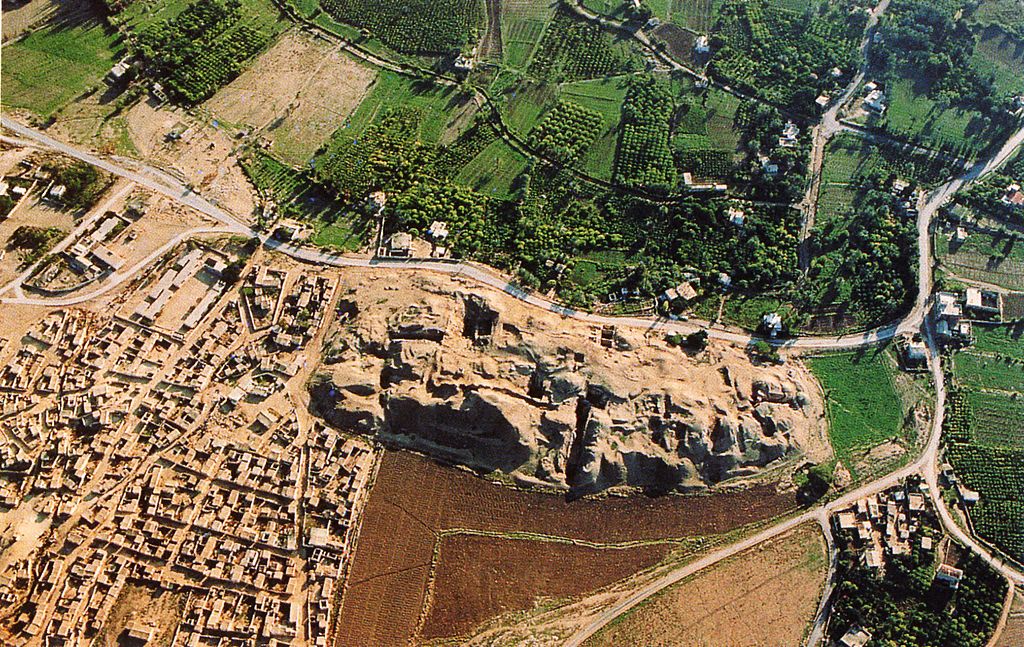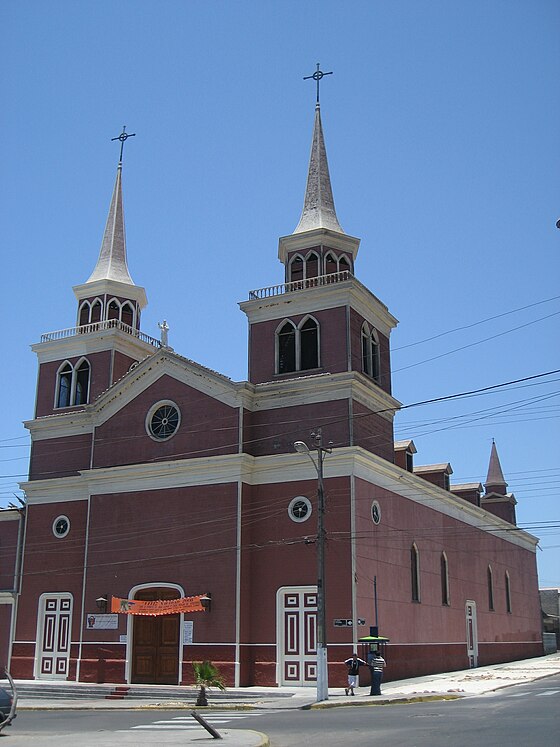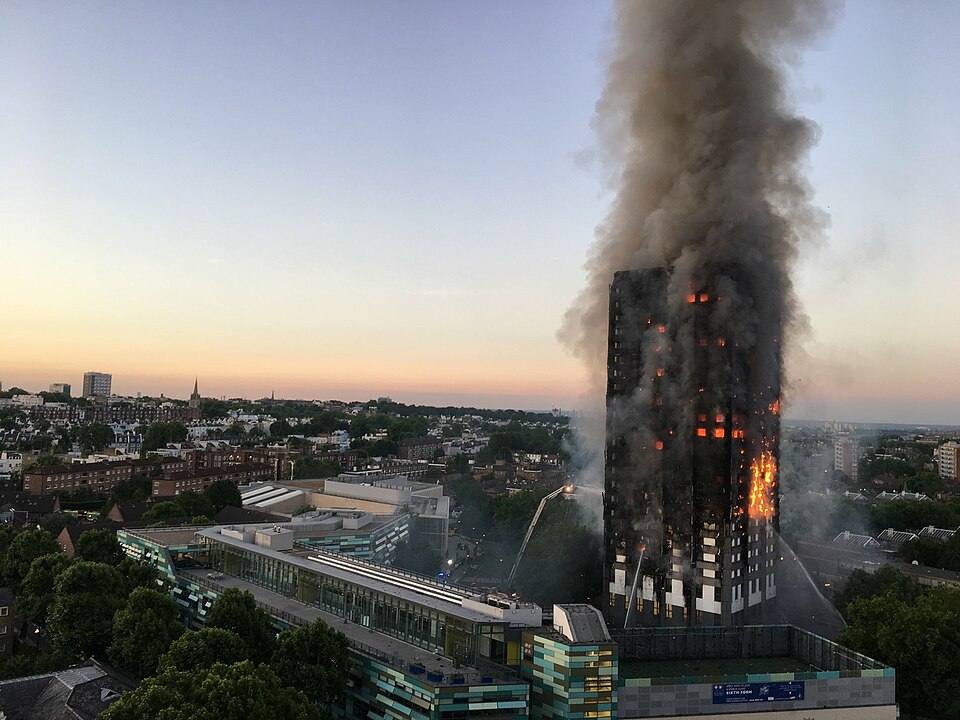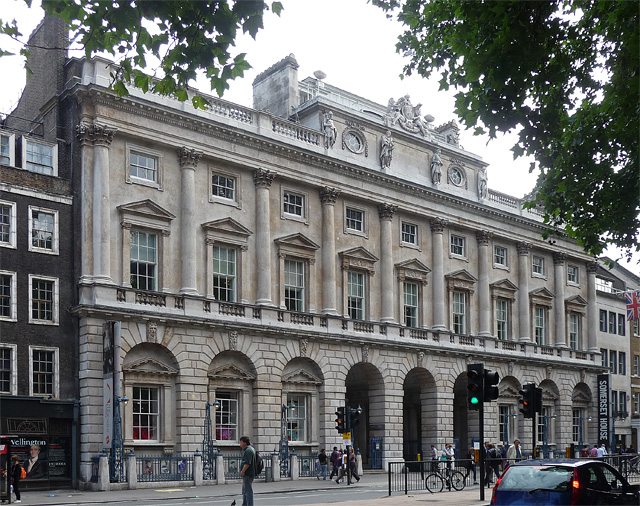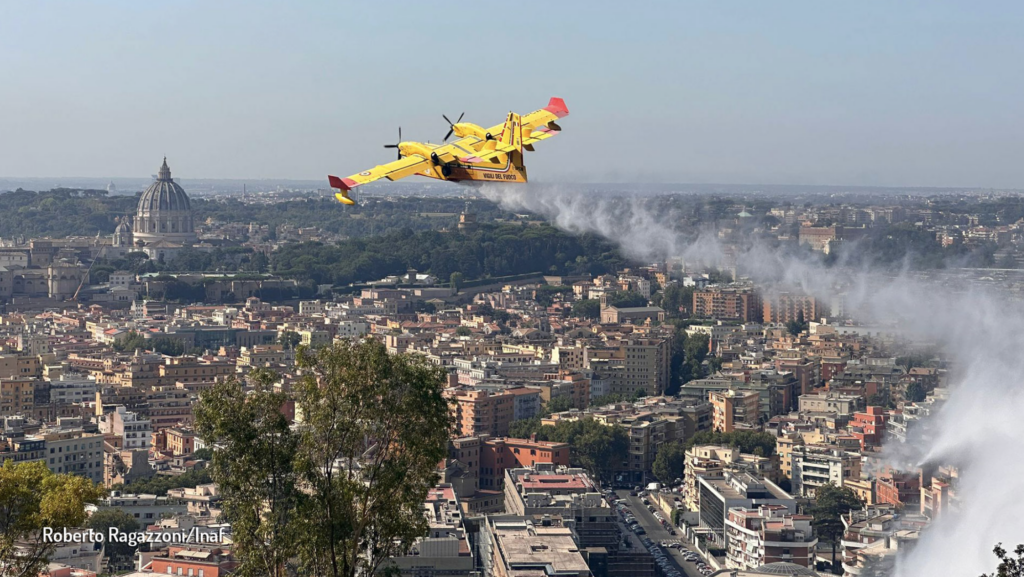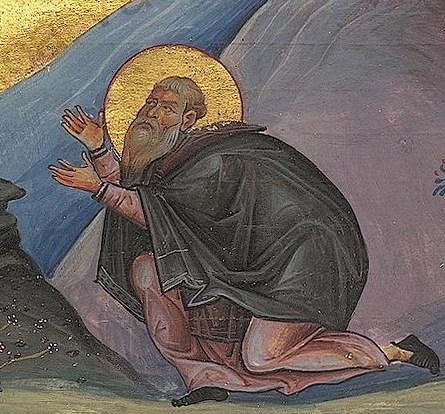A Pioneering Fire Protection System: Saint Paul Outside the Walls
In the night of July 15th, 1823, a fire destroyed a large part of the Papal Basilica of St. Paul outside the Walls in Rome. In the following years reconstruction works, particularly interesting for the historical evolution of fire safety measures, began. In particular, the fire protection system adopted seems to be the first case of automatic detection and alarm system ever designed in the world.
The conference “Salvare la Storia” (Saving Hystory), held in Rome (Istituto Superiore Antincendi) on 21st November 2017 and organised by the Italian Fire Services (Corpo Nazionale dei Vigili del Fuoco), has disclosed this aspect, which is related to one of the worst fires that have damaged a building of historical, cultural and religious significance in Italy in the last two centuries.
The events that led to the fire have been studied widely. For a number of reasons, it isn’t known with certainty the cause of the fire, but the strong interest of the Popes (Leo XII, Gregory XVI and finally Pius IX) in restoring the Papal Basilica and providing it with the most efficient protection against the fires is well documented in the State Archive of Rome (Archivio di Stato di Roma) and the Gregorian Archives (Archivio Storico – Pontificia Università Gregoriana). The period when the fire occurred was restless. Attacks on major buildings had already occurred and many feared that the Basilica fire was not accidental but for a deliberate act.
After a risk assessment that considered the particular position of the monument (an abandoned countryside area some kilometers away from the city) and the high risk of arson due to political reasons, Pope Gregory XVI (meanwhile, Leo XII had died) asked to a particularly skilled engineer and architect, Luigi Poletti, to provide the new roof and the entire monument with a fire protection system. Luigi Poletti, asked the scientist Fr. Angelo Secchi (an Italian astronomer, director of the Observatory at the Pontifical Gregorian University) to study a new system. Fr. Secchi, with the contribution of the Luswerghs (a family of engineers that in Rome had been crafting scientific apparatus for decades) planned the whole protection system of the Basilica with a comprehensive view of the problem.
Water reservoirs, pumps, lightning protection, thermometers, an apparecchio termoelettrico avvisatore d’incendi (thermoelectric fire warning device) feeded by two electric batteries “Leclanchè system” were designed and realised, together with a telegraphic system that connected the Basilica with a kind of control room in the center of Rome (the area of the Basilica was some kilometers away from the periphery of the city, in an abandoned area subject during summer to malaria).
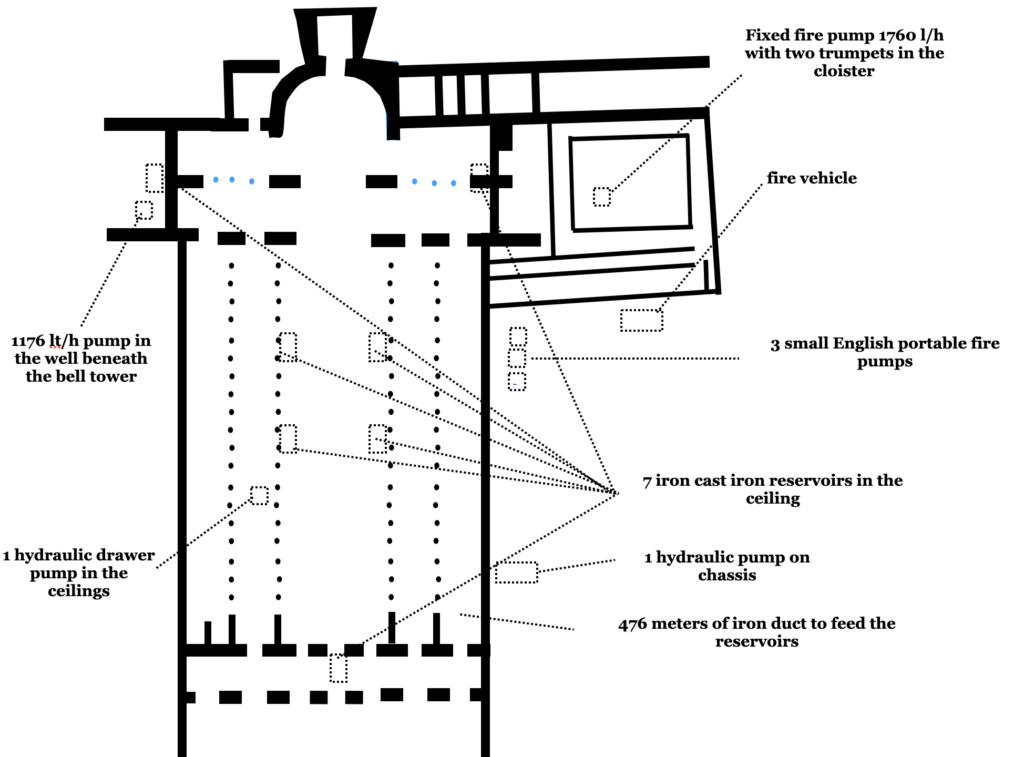
No parts of the original fire protection system survived the beginning of the XIX century, since the new administration (Rome in the meantime had been conquered by the Savoyards troops) considered the system useless. Details of the features of the system should be published in the first months of 2018, when the conference proceedings will be published by the Italian National Fire Service.
The historical context of the reconstruction of the Basilica was presented by Dr. Monica Calzolari (State Archives of Rome) in a 2017 seminar held in Rome with a presentation (in Italian) and a paper published in the “Salvare la Storia” Conference proceedings volume.
In the proceedings of the 3rd International Conference on the History of Engineering, held in Naples on 23rd and 24th April, 2018, a paper concerning the fire protection of the Basilica has been published too. The poster of the paper can be downloaded here: AISING Conference poster.
More on the investigation of the causes of the fire of St Paul outside the Walls.
